Ah, soup — the ultimate sick day food. What could be better than curling up in bed with a warm bowl of chicken noodle soup and a good book (or, let’s face it, Netflix)? Absolutely nothing. The wonderful, comforting feeling that soup brings to people makes it a universal food. So, what kinds of soups do people around the world enjoy?
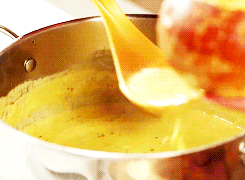
GIF courtesy of giphy.com
This article is the third in a series through which I’ll take you all around the world, showcasing variations of classic foods we all know and love. Check out the first piece about ice cream around the world and the second article about cookies around the world.
Indonesia: Soto ayam
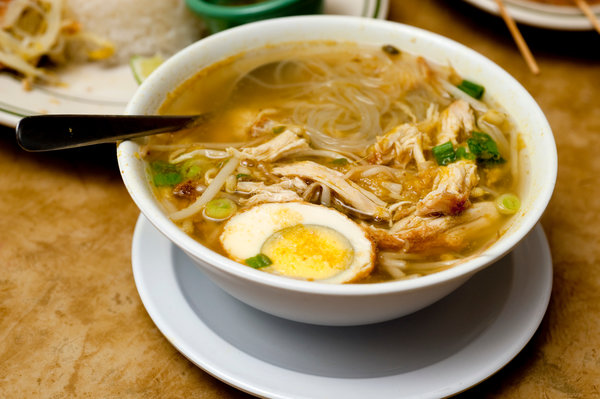
Photo courtesy of The New York Times
An Indonesian staple, soto ayam (“ayam” meaning chicken) is a chicken broth-based soup with rice, vermicelli noodles, chicken, cabbage, and a hard-boiled egg. The soup is often topped with kecap manis, or a sweet soy sauce. Soto can also be made with beef (soto sapi), pork (soto babi), or even tripe (soto babat).
Soto is considered an Indonesian comfort food and is often eaten at breakfast time despite the tropical heat. Make your own soto using this recipe, or, you know, just visit Indonesia for the best soto you’ll ever have.
Singapore: Laksa
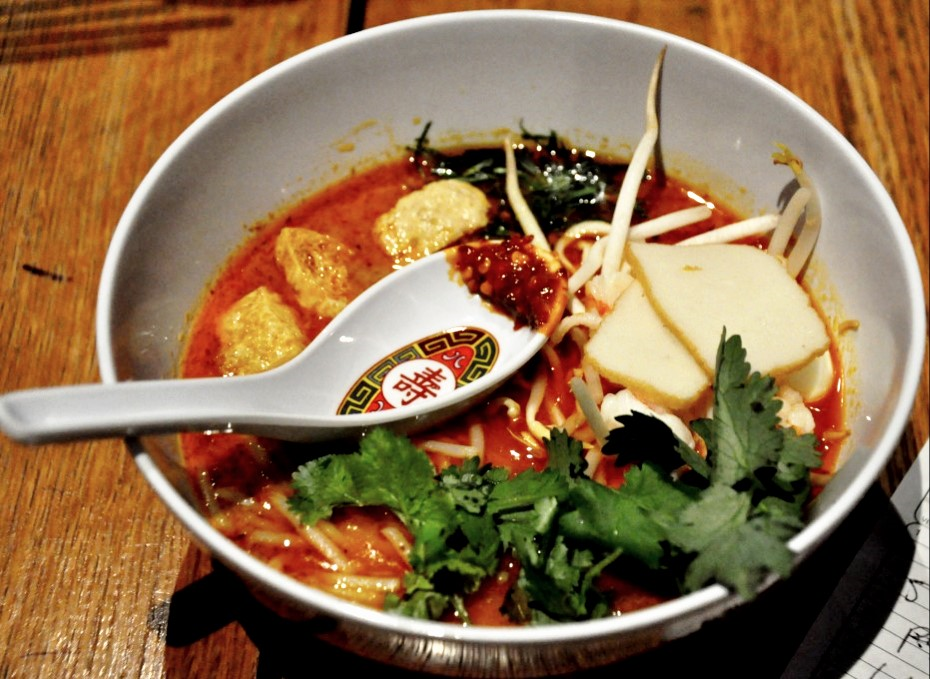
Photo by Helena Lin
Laksa, a popular dish in Singapore and Malaysia, is a spicy noodle soup with coconut milk, fish cake, tofu, egg, bean sprouts, and, usually, shrimp. Though those are the most common toppings for laksa, it is extremely customizable. The most popular tend to be curry laksas, or those with a coconut milk base, but there are also asam laksas, which have a fish and tamarind base.
Interested in making your own laksa? This recipe is a more traditional (though still admittedly “westernized”) laksa using shrimp, but if shrimp isn’t your thing, try out this recipe for chicken laksa. And, if you’re planning on visiting Singapore, be sure to have authentic laksa in the Katong region.
Australia: Kangaroo Tail Soup
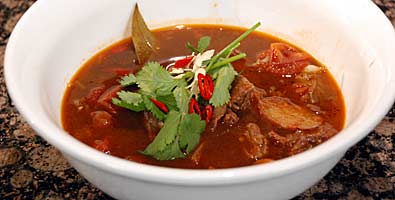
Photo courtesy of abc.net.au
Australia is known for it’s bizarre foods (vegemite, anyone?), but this is one of the strangest. Who ever thought of eating kangaroos? This soup is often made during the cold months of June, July, and August (also known as the Australian winter).
For all of us in non-marsupial countries, do not despair — the kangaroo tails can be easily substituted with ox tails, which still provide a deep and hearty flavor. Make your own kangaroo (or ox) tail soup with this recipe.
China: Soup Dumplings (Xiaolongbao)
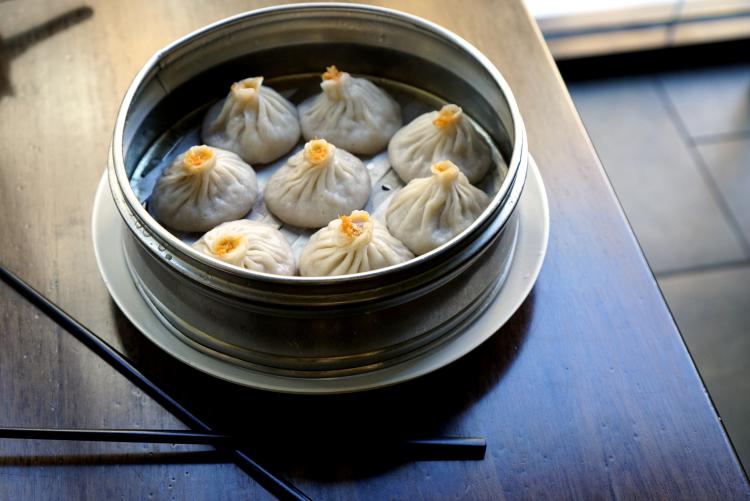
Photo by Teodora Maftei
Leave it to the Chinese to come up with an extra delicious way of eating soup — in dumpling form. Soup dumplings are made in the way you would normally make dumplings, but a jellied cube of broth is also folded in with the traditional meat filling. When the dumplings are steamed, the frozen broth melts and creates soup inside of the dumpling.
Some of the most famous soup dumplings are made by Taiwanese restaurant Din Tai Fung, which now has locations all around the world. They even boast a Michelin star for their locations in Taiwan and Hong Kong. Make your own xiaolongbao using this recipe.
Spain: Gazpacho
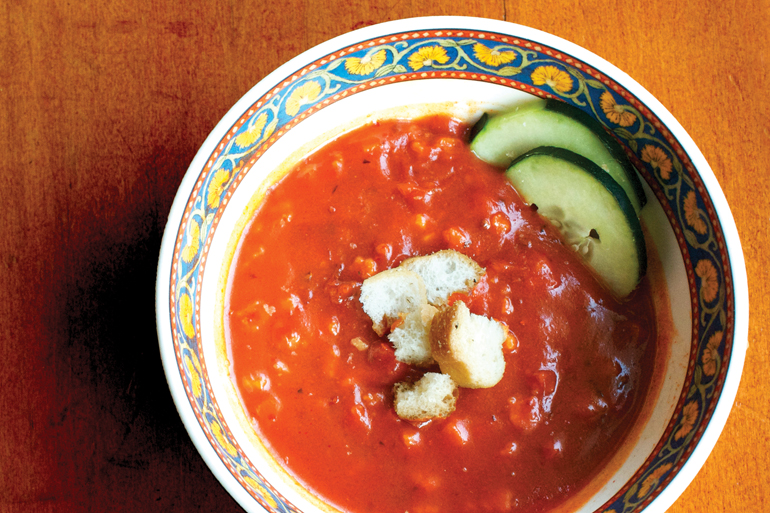
Photo by Piril Dobrucali
A cold summer soup, gazpacho is tomato and cucumber based and filled with vegetables. This soup is known to be cool and refreshing in Spain’s hot summer heat and is traditionally made by blending vegetables, moistened week-old bread, olive oil, and vinegar together until everything is smooth. Create your own summer soup using this easy recipe.
France: Bouillabaisse
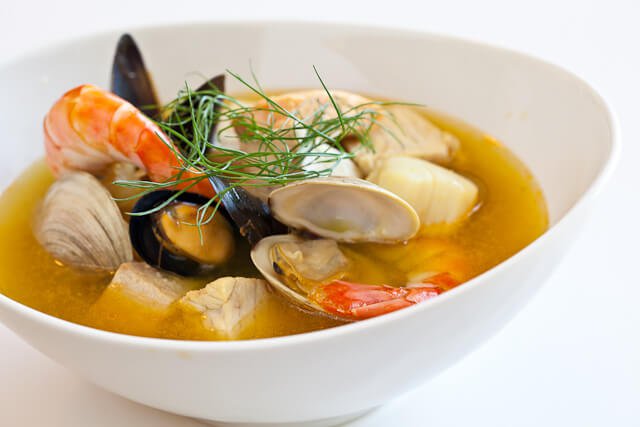
Photo courtesy of steamykitchen.com
Bouillabaisse is a seafood soup originating in Marseille in the South of France. Bouillabaisse’s distinguishing factor, other than its difficult name, is the herbs in its broth. Its broth is seasoned with Provençal herbs originating from the French province of Provence. Trust me, you will know when you have authentic Marseillaise bouillabaisse.
And, for anyone who’s curious, December 14 is National Bouillabaisse Day. Make your own bouillabaisse to celebrate using this recipe for Julia Child’s famous bouillabaisse.
Korea: Naengmyeon

Photo by Vicky Nguyen
Naengmyeon is a cold Korean soup traditionally served with ice, cucumbers, egg, Asian pears, sliced beef, and, of course, noodles. The soup was brought to South Korea from North Korea during the Korean War, and it is still enjoyed during hot and humid summers as a cool, refreshing treat.
There are two main types of naengmyeon: mul-naengmyeon, or the non-spicy soup described above, and bibim-naengmyeon, the spicy version. Take a food trip to Korea by making your own naengmyeon using this recipe.


